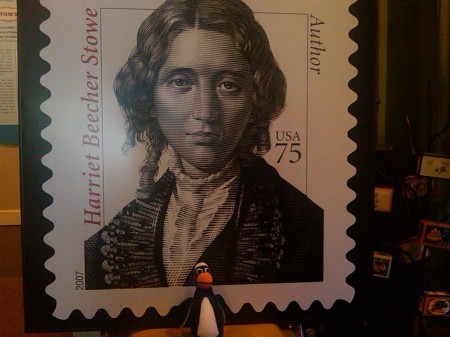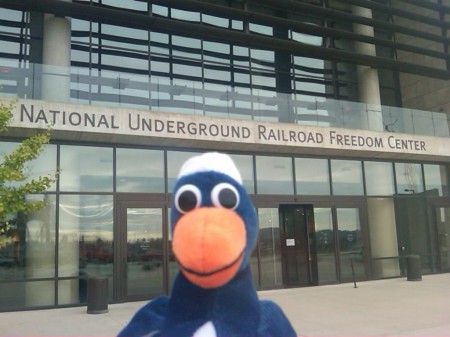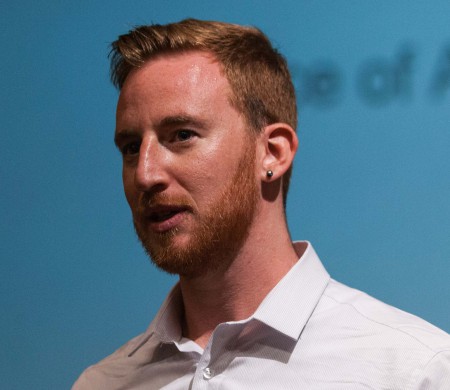Hello readers! I’m writing to you from Wallingford, Connecticut. I’m sitting at a place called Half Moon Coffee and Grille Café. This place serves up a perfect combination of hearty, Italian-inspired meals alongside genuine Jamaican Blue Mountain coffee; and if you know me at all, you know how happy I am!
Now that we are fully engulfed in the crisp autumn air of October, many more of you are beginning to get your first real looks at college applications. You’re reading brochures, navigating websites, talking to counselors, and imagining yourself in different schools around the country. Throughout your literal and figurative journey, you will “try different colleges on for size,” see how you look in their colors, listen to how the names of different schools sound in your voice, and increasingly notice places where the fit is too loose, too tight, or just right. You will hear and read about how schools define themselves, and you will wait to feel a resonation between their values and yours. I call the values by which schools define themselves, for this reason, buzzwords.
Pitzer’s buzzwords include Social Responsibility, Student Autonomy, Intercultural Understanding, and Intercultural Learning. They are alternatively known as our core values.
Over the next weeks I will write about each one of these values, providing real life examples, to help us get beyond buzzwords. Our goal is to clear the air of static and really get down to the way that these values play out in our day-to-day lives at Pitzer. Hopefully, you’ll find something that resonates with you!
But first, some quick numbers from this week’s travels:
•Miles on The Roo (see last week’s post if you’re not familiar with The Roo): 960.
•Approximate number of gallons of unleaded fuel consumed by The Roo: 48.
•Approximate number of gallons of coffee (good…and bad) consumed by me: 2.5.
•Number of live deer observed from the road: 2.
•Number of deceased deer observed from the road: 5.
But I digress…
This week I want to talk about Social Responsibility. When students ask me to talk about the “typical” Pitzer student, this is often the first thing I think of. Our definition of Social Responsibility is intentionally broad (think of it as inclusive rather than ambiguous). Quite simply, Social Responsibility at Pitzer is the shared agreement that knowledge has ethical implications. The opportunity to live and learn at Pitzer imbues us with a responsibility to help a larger community, and empowers us to do so.
Everyone at Pitzer has a fire burning inside them about something in the world. It may be environmental justice, education, national politics, international development, human rights, gender equality, sexual liberation, medicine… Not everyone is passionate about the same thing, but everyone is passionate about something. Learning about the issues that are meaningful to other students is an important part of the intellectual diversity that we love at Pitzer.
In the admission process we are looking for students who have already demonstrated their commitment to something outside of themselves: a community service placement, an independent project, responsibility within one’s own family, activism and leadership in a community organization, the list goes on indefinitely; our understanding of social responsibility is as diverse as our student body.
As a Pitzer student, one is expected to continue learning and working on behalf of a larger community. The Center for California Cultural and Social Issues (CCCSI) is one of the best places in Claremont to get connected to a local organization that is doing valuable community work. Funding, transportation, and guidance is always available for students to pursue a totally unique social engagement project. All Pitzer study abroad programs include a community service component. Pitzer students are required to complete at least one semester’s worth of a community commitment, which can be fulfilled by any of the opportunities listed above, or by working in one of several positions on campus to strengthen and support our immediate community.
It is no surprise that most Pitzer graduates go on to jobs, activities and careers after college that reflect the value of Social Responsibility. Many alumni can be found teaching, working, and volunteering around the country and abroad with an organization they discovered during their time at Pitzer. Others are working for socially oriented law firms, NGOs, or private companies. The ways that Pitzer students choose to make the world a better place, again, are as diverse as the students themselves.
So as you think about Pitzer, and think about yourself, we hope you find your values matching ours. We’re excited for you to teach us about social responsibility in your life! While you strut your stuff in front of the metaphorical mirror, enrobed in Pitzer orange, take a moment to see if you can spot where Cecil has been this week. You may notice a certain theme between this week’s pictures and this article! Email me at [email protected] if you think you know where Cecil is in the pictures below, or if you have any questions about social responsibility, or any other part of the application. Thanks for reading, see you soon!


Posted by Adam Rosenzweig, Admission Counselor
